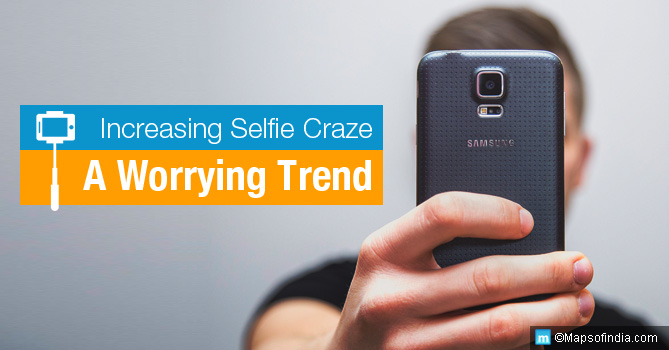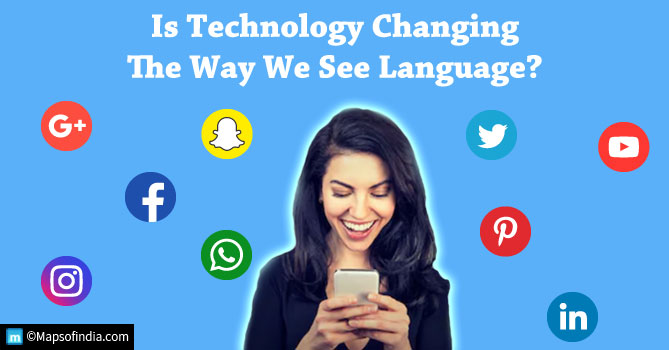Selfie mania is sweeping the world and India has the dubious distinction of being the leading nation to record maximum selfie-triggered deaths followed by Pakistan, USA and Russia, according to a study by Carnegie Mellon University in the US.
Taking selfies can be fun and that was the idea behind the developers of the selfie camera but little did the technovators realize that latent narcissism among people, especially the youth, will create an obsession for selfies that would soon transition into a ‘killfie’. That’s almost a selfie with a death wish.
So what’s driving people to this craze and why is the youth so obsessed to capture that one moment, irrespective of their surroundings ?
The rise in popularity of social media platforms like Facebook, Twitter, Instagram and Snapchat has opened up a latent desire for people to capture and announce moments in their lives and tell it with a picture that is meant to draw attention.
Thin line between bizarre and exclusivity
In their desire to remain exclusive and instant, people have been capturing selfies, which by any standard would be deemed bizarre and in bad taste.
Take the recent case of a Russian female model who hung from the top of a Dubai skyscraper, without any life support harness, clasping her male friend’s hand with just one hand. All this just to capture that once-in-a-lifetime moment for a selfie.
Is it worthwhile to put one’s life at risk just for that selfie moment; risking everything for a moment of attention on social media?
If this were justified as a publicity stunt, then how do you explain that youth on a Mumbai local who was hanging out of a moving train just to capture a selfie despite being fully aware of the associated risk of hitting one of those closely located electric poles along the railway track. And he did hit one of them. Life ended right there but was it worth the moment he was trying to capture, and for whom?
Latent narcissism?
Not all selfies result in death or injury but somewhere human sensitivity and values get compromised. There are enough reports of people taking selfies when people are dying on the road or cases where forensic doctors and assistants have taken selfies with the dead and put them out on social media with bizarre comments.
The stories are repeated in all walks of life where taking a selfie takes precedence over human sensitivity. Bollywood superstar Amitabh Bachchan expressed his disgust on social media when people walked up to him for selfies while he was attending a friend’s funeral.
Too often, the youth get so taken in with their desire and need for a selfie that they completely ignore the sensitivities of the person or personality with whom they are taking the selfie. And, then there are those who remain completely self-obsessed clicking selfies of every mood and moment and then putting it out there on social media.
Social media driving obsession
Psychologists all over the world are trying to decipher this obsessive need among youth and grown-up adults, for capturing pictures in the bathroom, bedroom and public places – in the most outrageous poses and expressions and then instantly sharing it with the world. The more bizarre the picture, the more viewership and attention on social media, with maximum ‘likes’ being the ultimate reward.
Unfortunately, with interior India still waking up to the marvels of a smartphone, taking selfies and sharing it is becoming a growing obsession. The trend is the same. What starts out as a simple and harmless hobby soon graduates to becoming an obsession, based on the number of likes on social media. And this leads to competition among peer groups, forcing each to be creative and come out with that one deadly selfie that will leave everyone awestruck.
The youth walking on a railway track in India, earlier this year, was run over by a train right in front of his awestruck friends, as he tried to take a selfie with a speeding train hurtling towards him from behind.
The fear is, with increasing penetration of camera phones and smartphones in India, the youth will continue to get sucked into the selfie vortex, not realizing the risks that lie ahead.
It is therefore incumbent upon all stakeholders in society, beginning with parents, relatives, neighbours, school teachers and social organizations, to spread the word about the associated risks of taking selfies and possibility of social isolation, at the cost of spending time with friends and family.
In this, the most important influencing factor is the ‘peer group’ that a youth socializes with, both in the real and virtual world. It’s this peer group that drives the individual to take selfies and it will be this group that can make a difference in keeping the youth out of harm’s way.
We need to make a beginning and it must happen now.






